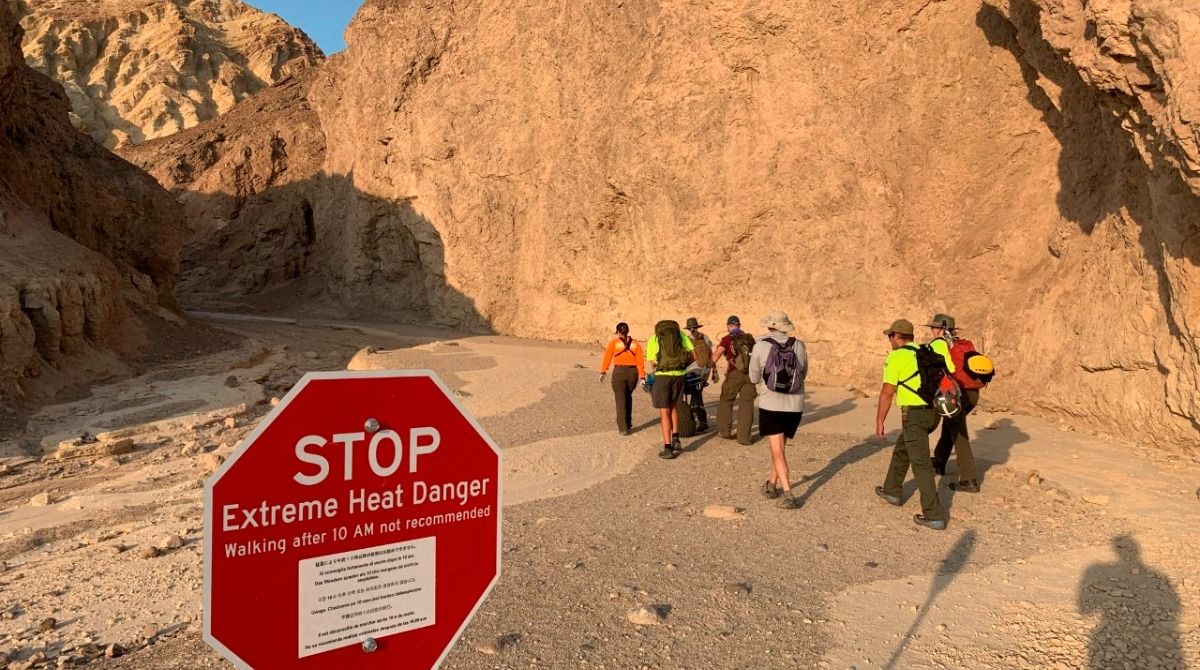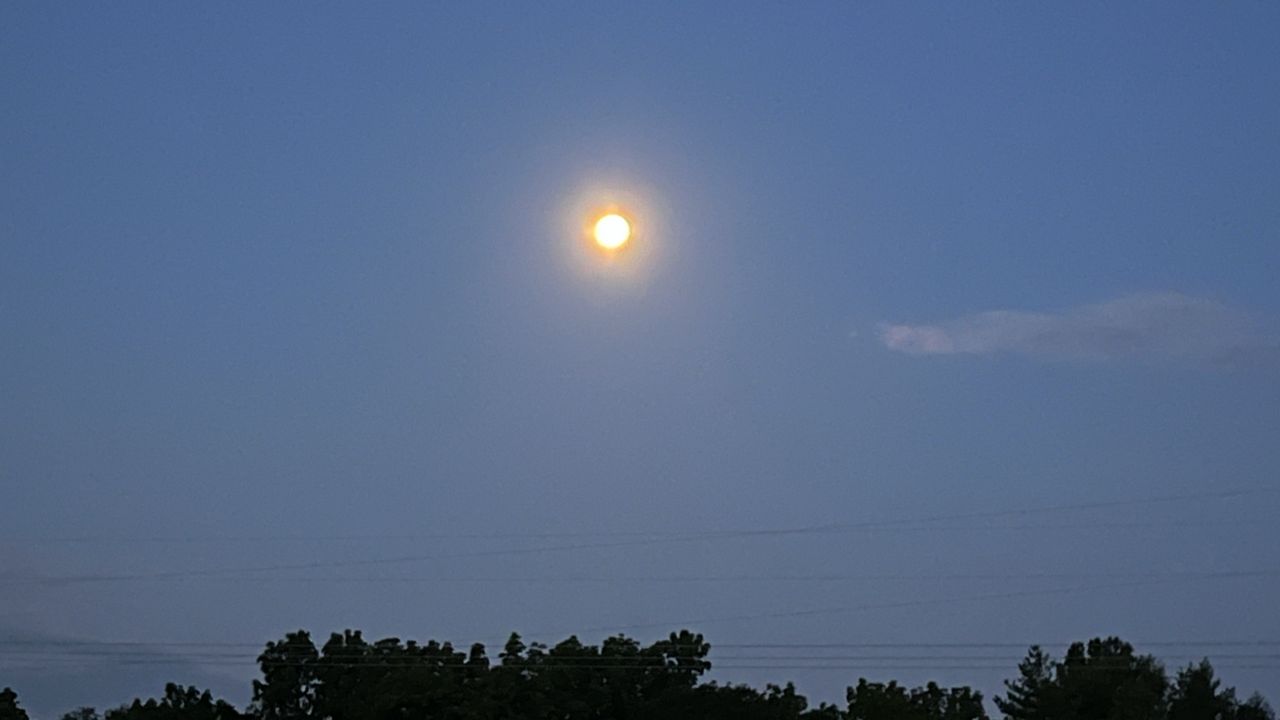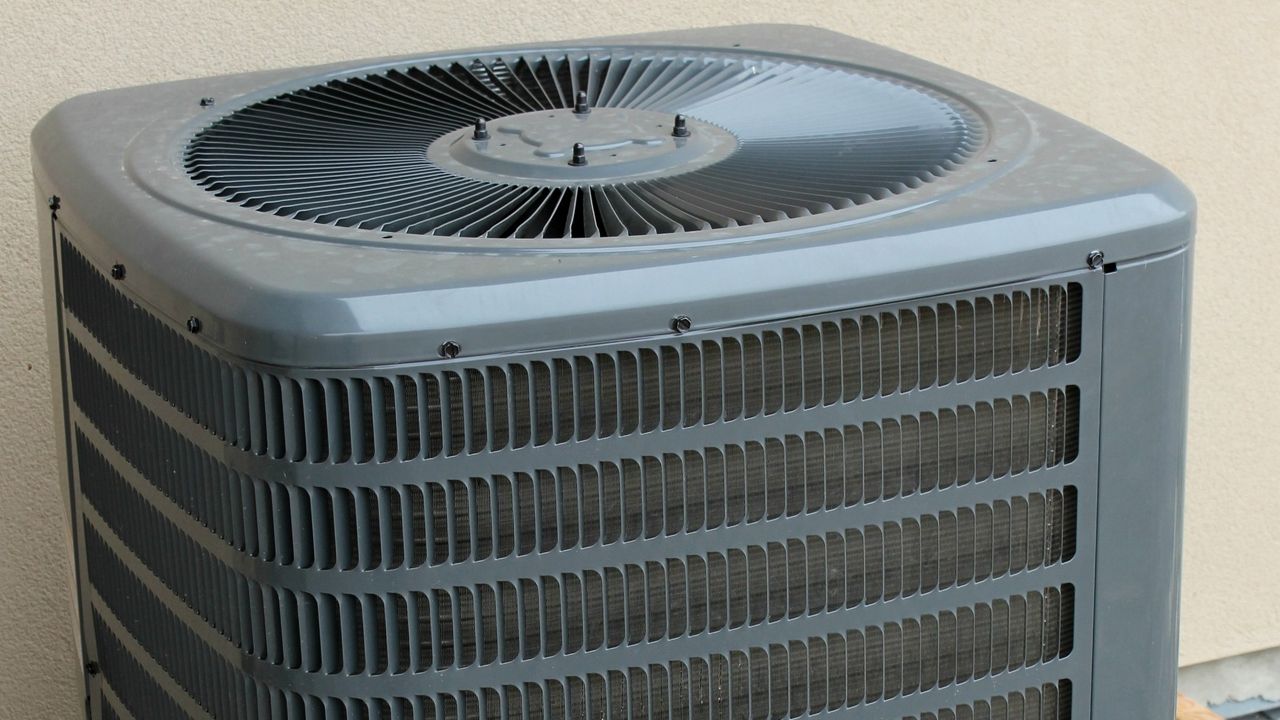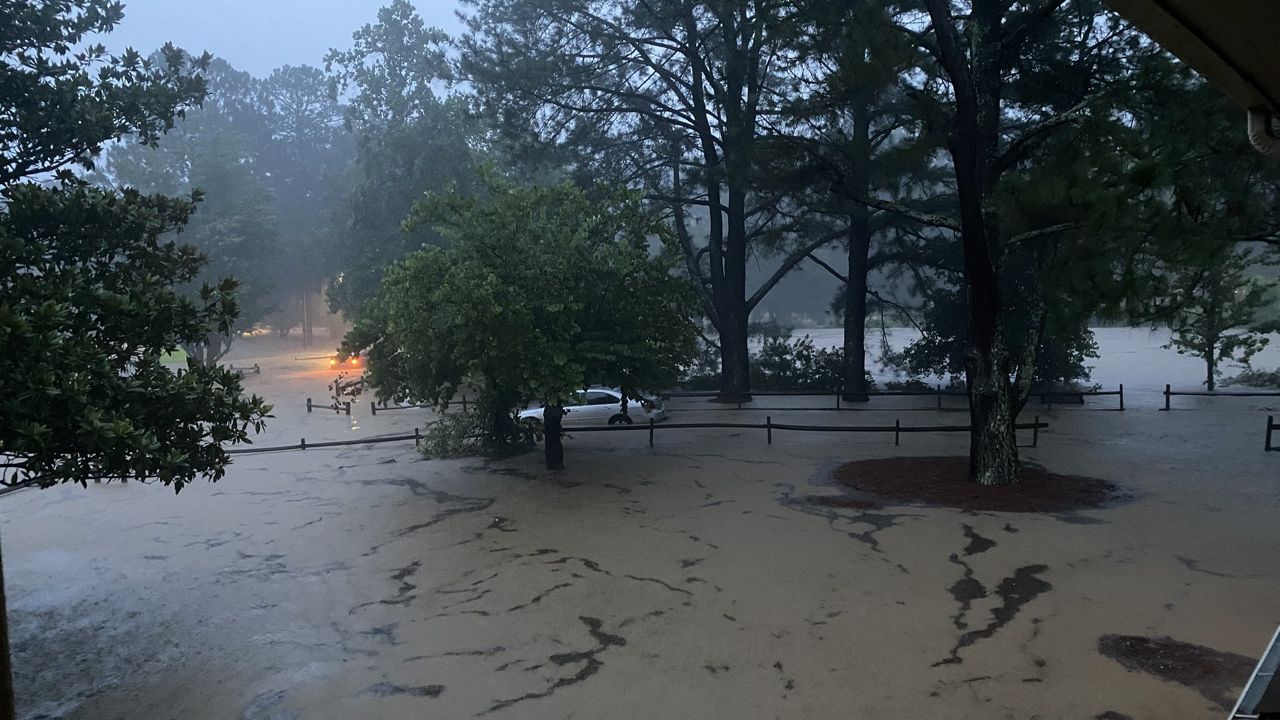In July 2022, a heatwave in western Europe led to some all-time high temperature records being shattered. With increasing average temperatures across the globe linked to climate change, some of the all-time heat records here in the U.S. may surprise you.
The western U.S. reigns supreme when it comes to extreme heat. Unsurprisingly, the only states to exceed 125 degrees are in the western deserts.
The central U.S. and the Plains have also had some impressive heat, with a handful of temperatures over 120 degrees.
It might surprise you that Florida, which has the highest average annual temperature in the country, only checks in with a record high of 109 degrees. There are a few reasons for this.
Florida has the highest average annual temperature of any state because of the mild winters and the warm mornings, not extreme heat.
Also, humid air can’t get as hot as dry air, and during Florida’s hottest months of the year, there is no reprieve from the oppressive humidity thanks to the proximity to the Atlantic Ocean and the Gulf of Mexico.
Of all the record high temperatures across the U.S., California leads the pack. Back in 1913, Death Valley reached 134 degrees. Not only is that the highest in the U.S., but the highest in the world.
Looking at each state’s highest temperature ever recorded by month, there aren’t many surprises. The three hottest months of the year, also known as Meteorological summer, are June, July and August. It makes sense that most all-time heat records would fall within those months.
There are two outliers, though. Hawaii’s highest temperature ever is 100 degrees. That happened on April 27, 1931 in Pahala, 28 years before Hawaii even became a state.
We recorded Alabama’s all-time heat benchmark outside of meteorological summer period on Sept. 5, 1925, when Centerville reached 112 degrees.
This is the part that might surprise you. Almost half of the all-time heat records in the U.S. are from the 1930s, and ten of those are from July, 1936.
The Dust Bowl years comprised the period between 1930-36, which are still some of the hottest summers on record across the U.S.
Several factors contributed to the extreme heat during the Dust Bowl Era, especially across the Plains, Upper Midwest and Great Lakes Region.
In the early 1930s, the central U.S. was drought stricken with the lack of rainfall responsible for turning farmlands into wastelands. Without the moisture from the greenery and vegetation, the land acted more like a furnace and made it more desert-like, which only worsened the heat.
Our team of meteorologists dive deep into the science of weather and break down timely weather data and information. To view more weather and climate stories, check out our weather blogs section.
Reid Lybarger - Digital Weather Producer
Reid Lybarger is a Digital Weather Producer for Spectrum News. He graduated from Florida State University in 2015 with a Bachelor's of Science in Meteorology. He began his career in local TV news working across Mississippi, Louisiana and Florida for 7 years prior to joining Spectrum in 2022. He's excited for the opportunity to continue to inform the public about the latest weather news with Spectrum.





_Cropped)


